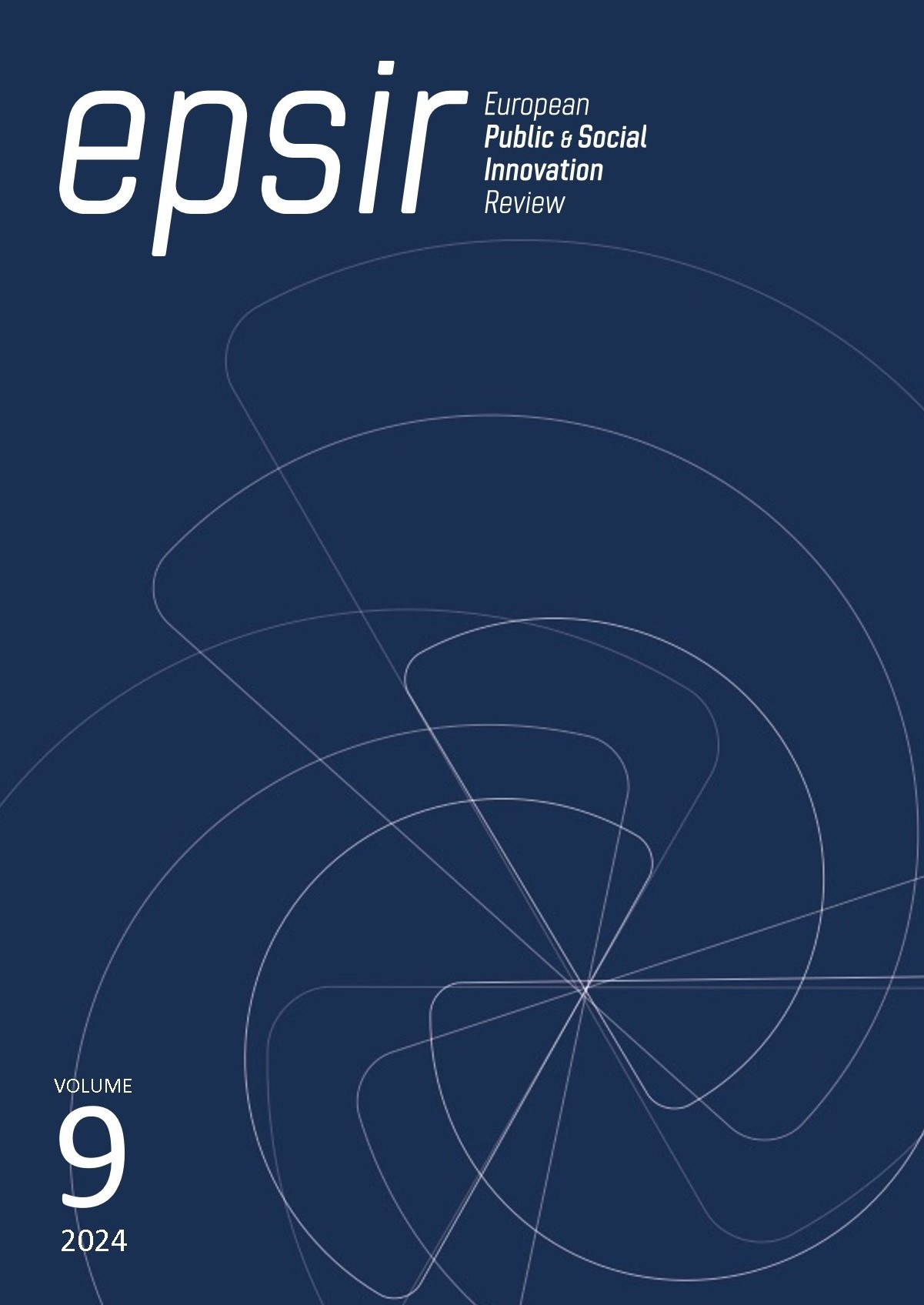"Ninis”: Jóvenes que no estudian ni trabajan. Estudio situacional sobre publicaciones científicas a nivel mundial
DOI :
https://doi.org/10.31637/epsir-2024-1816Mots-clés :
nini, capital humano, desocupación juvenil, desempleo, publicaciones científicas, Reino Unido, análisis bibliométricoRésumé
Introducción: El estado de alerta que han generado los “ninis” en las últimas décadas no solo está relacionado con el hecho de que es una cifra que ha venido incrementando por el pasar del tiempo, puesto que las consecuencias de la inactividad por parte de estos jóvenes conducen tanto a niveles agregados como de orden individual, en el corto y mediano plazo obligando a los gobiernos de todo el mundo tomar decisiones urgentes. Metodología: Se llevó a cabo una revisión documental sobre la producción y publicación de trabajos de investigación referentes al estudio de las variables, desocupación Juvenil, educación y empleo. El propósito del análisis bibliométrico propuesto en el presente documento, fue conocer las características principales del volumen de publicaciones registradas en base de datos Scopus durante el periodo 2018-2024 con respecto al estudio de las variables anteriormente mencionadas, logrando la identificación de 434 publicaciones en total. La información suministrada por dicha plataforma fue organizada mediante gráficos y figuras, categorizando la información por el año de publicación, país de origen, área de conocimiento y tipo de publicación. Una vez descritas dichas características, se referencia, mediante un análisis cualitativo, la postura de diferentes autores frente a la temática propuesta. Resultados: Dentro de los principales hallazgos realizados por medio de la presente investigación, se encuentra que Reino Unido, con 50 publicaciones, fue el país con mayor producción científica registrada a nombre de autores afiliados a instituciones de dicha nación. Conclusión: El área de conocimiento que mayor aporte hizo a la construcción de material bibliográfico referente al estudio de la desocupación en la población juvenil fue Ciencias Sociales con 282 documentos publicados, y el tipo de publicación que más fue usado durante el periodo señalado anteriormente fue el Artículo de Revista que representan el 83% de la producción científica total.
Téléchargements
Références
CEPAL (2014). Panorama social de América Latina. Santiago de Chile. https://acortar.link/qtHDrK
De Hoyos, R., Rogers, H. y Székely, M. (2016). Ninis en América Latina: 20 millones de jóvenes en búsqueda de oportunidades. Banco Mundial. https://openknowledge.worldbank.org/handle/10986/22349
Hanushek, E. A. (2008). El papel de las habilidades cognitivas en el desarrollo económico. Journal of Economic Literature, 46(3), 607-668. https://www.aeaweb.org/articles?id=10.1257/jel.46.3.607
Jagannathan, R. C. (2024). Modelización de las decisiones laborales de hombres y mujeres jóvenes en nueve países europeos: una aplicación de la teoría de la utilidad aleatoria y la preferencia revelada. Estados Unidos.
Mayombe, C. (2024). Promoción de la adquisición de habilidades de los jóvenes a través de la teoría del aprendizaje experiencial en la educación y formación profesional en Sudáfrica.
Mincer, J. (1958). Investment inhuman capital and personal income distribution. Journal of Political Economy, 66(4), 281-302. https://www.jstor.org/stable/1827422 DOI: https://doi.org/10.1086/258055
ONU (2015). Transformar nuestro mundo: la Agenda 2030 para el Desarrollo Sostenible 2015. https://lc.cx/dOCOXe
Téléchargements
Publiée
Comment citer
Numéro
Rubrique
Licence
© Maité Priscila García-Rubio, Christopher Neptalí López- Samaniego, Paulina de los Ángeles Ponce-Villacís, Catalina Alexandra Silva-Ordóñez 2024

Ce travail est disponible sous licence Creative Commons Attribution - Pas d'Utilisation Commerciale - Pas de Modification 4.0 International.
Authors who publish with this journal agree to the following terms:- Authors retain copyright and grant the journal right of first publication with the work simultaneously licensed under Creative Commons Non Commercial, No Derivatives Attribution 4.0. International (CC BY-NC-ND 4.0.), that allows others to share the work with an acknowledgement of the work's authorship and initial publication in this journal.
- Authors are able to enter into separate, additional contractual arrangements for the non-exclusive distribution of the journal's published version of the work (e.g., post it to an institutional repository or publish it in a book), with an acknowledgement of its initial publication in this journal.
- Authors are permitted and encouraged to post their work online (e.g., in institutional repositories or on their website) prior to and during the submission process, as it can lead to productive exchanges, as well as earlier and greater citation of published work (See The Effect of Open Access).




